
Around 2 million couples in Germany desperately want a baby—and are unable to have one, even though they are utilizing all the possibilities of modern reproductive medicine.
Could spiritual healing fulfill their desire to have children? This is what a healer from the AUSWEGE therapist network offers – via remote treatment, as part of a test. Participation is free of charge. She would like to treat up to 7 couples over a period of several months.
For over a year, 35-year-old biomedical scientist Mia* was unable to get pregnant – even though she “tried every method currently on the market,” including medically prescribed hormones and infusions. All this brought her “nothing but stressful appointments, lack of money, irritability, and the feeling of being labeled a ‘number,’” she says.
In her desperation, the woman turned to a spiritual healer: Kristina Kragh. Between August 2019 and April 2020, three sessions took place. Among other things, the healer worked on deeply rooted beliefs: “My husband is still a child himself and will not support me if we have one, “ and ”I don’t want twins because my siblings, who are twins, were born disabled.”
Thanks to this “soul work,” Mia learned to trust that “everything will be fine” and to welcome possible twins with all her heart. Strange but true: shortly afterward, she became pregnant and gave birth to healthy twins.
Pure coincidence? Or did the healer promote conception by reducing fears and stress, using positive suggestions, letting the placebo effect take effect – which had a beneficial effect on Mia’s hormonal balance? Or …? But isn’t the how secondary? What matters is the result – one that conventional medicine had not been able to achieve.
What Mia experienced in the healer’s practice is by no means an isolated case: many couples
only fulfilled their desire to have children after they had entrusted themselves to Kristina Kragh.
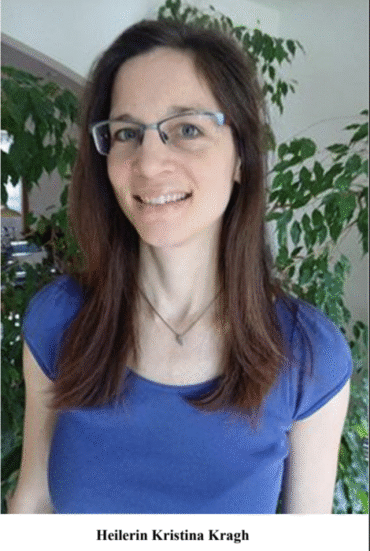
The misery is great – and growing
For an increasing number of affected individuals, such a solution, however unconventional, would be a godsend. After all, the unfulfilled desire to have children is no longer a marginal phenomenon in Germany, but rather a silent epidemic. Reproductive medicine has significantly improved the chances of success in recent years, while also reducing risks and multiple birth rates.
Nevertheless, according to estimates by the Federal Ministry for Family Affairs, almost one in ten couples between the ages of 25 and 59 remain involuntarily childless – partly because many postpone having children until an age when their fertility is already declining biologically. Worldwide, one in six people of childbearing age is already affected by fertility problems. Even among healthy couples under the age of 30, 40 to 60% fail to conceive within the first three months of unprotected sexual intercourse.

How many people are affected and why?
Medically speaking, infertility is defined as the inability to conceive after one year of regular, unprotected sexual intercourse. Biological causes are equally common in women and men. On the female side, the most common causes are ovulation disorders—often associated with polycystic ovary syndrome—endometriosis, and damage to the fallopian tubes, sometimes following infections. In men, sperm quality disorders, hormonal imbalances, or, in rare cases, genetic factors are often involved.
The increase in such cases is primarily related to age: mothers today are on average around 30 years old when they have their first child – and this trend is rising. However, egg reserves decline noticeably from the mid-30s onwards, and the miscarriage rate increases.
In addition, there has been a dramatic development among men: sperm counts have been in statistical decline for decades. In 2011, the average sperm count was 47 million per milliliter, which is less than half of what it was in 1970. In addition, there has been a dramatic development in men: sperm counts have been in statistical decline for decades. In 2011, the average count was 47 million per milliliter, less than half the 1973 value of 99 million/ml. If the curve continues to fall at the current rate, it will reach zero in 2045.
The following applies equally to both sexes: lifestyle and environmental factors can impair fertility—from smoking and alcohol to unhealthy diets, obesity, eating disorders, stress, lack of exercise and sleep, to artificial radiation, exposure to heat, and certain chemicals.
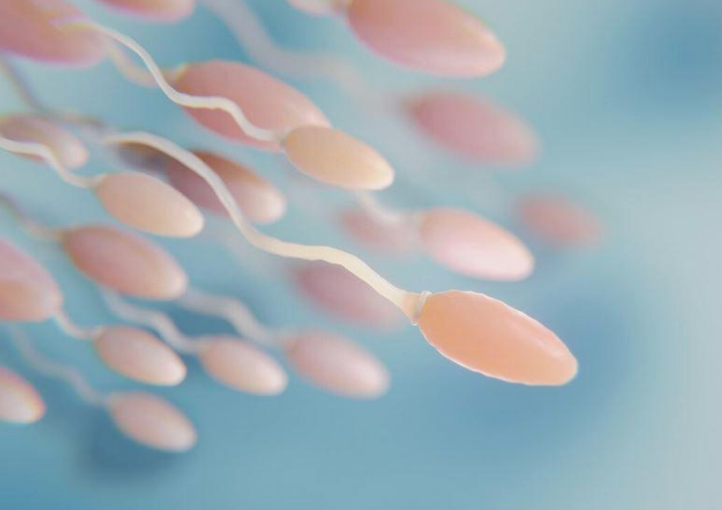
What does modern medicine offer, and how often?
Reproductive medicine has significantly improved the chances of success in recent years, while also reducing risks and multiple birth rates. The spectrum ranges from cycle monitoring and ovulation induction to intrauterine insemination (IUI) and in vitro fertilization (IVF).
According to the German IVF Registry, nearly 128,000 treatment cycles were documented in 2023; since 1997, more than 400,000 children have been born as a result of reproductive medicine treatments.
Statistically, there is at least one child in every school class who would not exist without these procedures. Reproductive medicine procedures are safer and more precise today than they used to be: elective single embryo transfer significantly reduces the risk of multiple births, while cryopreservation and blastocyst culture increase the chances of success over several transfers. Complications—from kidney dysfunction to thrombosis, shortness of breath, and bleeding—are becoming increasingly rare.
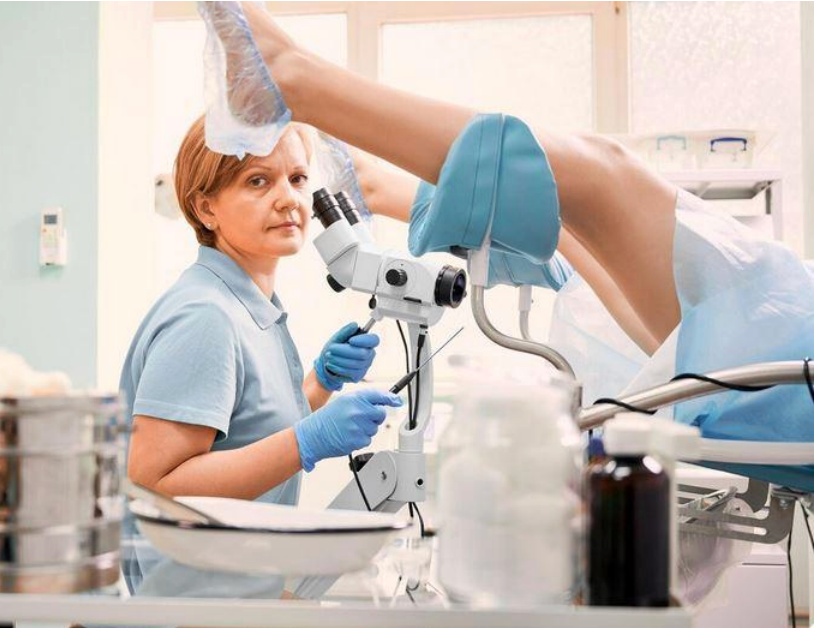
Does alternative medicine offer help? The following are also considered “evidence-based” helpful by conventional doctors: maintaining a normal weight, avoiding nicotine and alcohol, exercise, thyroid and metabolism control. The data available on popular complementary therapies is sparse and conflicting. Conventional doctors also recommend them as an accompanying measure– but by no means as a substitute. Acupuncture can at least relieve stress. Whether it increases the likelihood of live births is controversial. Larger studies found no benefit, while smaller ones are encouraging. In an often-cited study with 160 participants, the pregnancy rate increased from 26.3% to 42.5% when acupuncture was performed shortly before or after attempted embryo transfer—a finding confirmed in a second, prospective randomized study. Acupuncture also resulted in higher success rates in in vitro fertilization. Antioxidants are said to make men more fertile. However, a Cochrane review of 61 studies involving a total of 6,264 participants found no solid evidence to support this claim. Myo-inositol, a micronutrient formerly known as “vitamin B8”; strictly speaking, however, it is not a vitamin because the body can produce it itself from an intermediate product of sugar metabolism: glucose-6-phosphate. Myo-inositol plays a major role in cell metabolism, particularly in the signal transport of hormones such as insulin and FSH (follicle-stimulating hormone). Fertilization rates improve when women are treated with it before IVF. (1). Herbs used in traditional Chinese medicine (2), such as monk’s pepper (3), make pregnancy more likely, according to isolated studies; however, other studies found no effects or adverse effects.
Mind-body programs for stress and anxiety reduction, as well as cognitive techniques, have been shown to reduce subjective stress. (4) Guidelines therefore recommend them at least as an accompanying measure. However, it is unclear whether they increase the “baby take-home” rate – at least one study with 191 participants suggests that they do.
Is spiritual healing more effective?
How successful are the treatments?
The probability of success depends primarily on age. In 2022, the birth rate per embryo transfer across all age groups was just over 22%, according to the registry. Centers achieve significantly higher rates in the 30–34 age group, but these drop noticeably for women over 40.
Medically assisted reproduction now accounts for around three percent of all births in Germany—and the trend is rising. Although the physical strain has become more manageable thanks to modern protocols, the emotional journey remains challenging for many—due to repeated, repeatedly disappointed hopes, long waiting times, significant side effects, and financial issues.
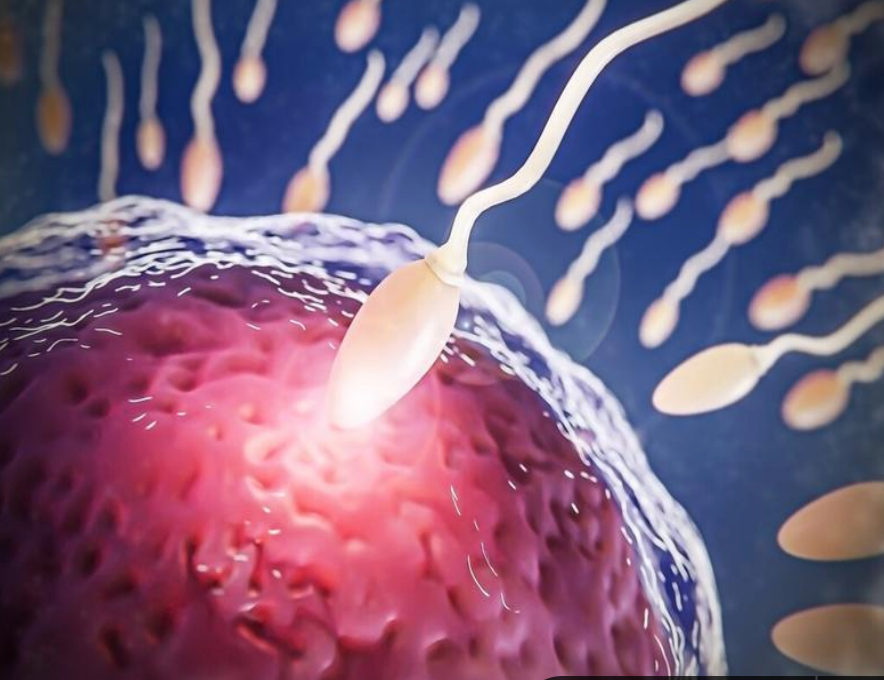
“Everything is possible—nothing is mandatory”
“Everything is possible, nothing is mandatory”: Based on this principle, Kristina Kragh has been offering sound advice and unconventional treatment to those seeking help since 2016. Born in 1986, the trained biological-technical assistant (BTA) works not only as a healer, but also as a freelance experiential educator and relaxation therapist. (More details here » ) In addition to healing meditation, chakra therapy, and shamanic healing methods, she also works with the “inner child”—a metaphor for the sum of the patterns of feeling, thinking, and acting acquired in childhood. Deep relaxation and in-depth conversations also play a special role in her practice.
An appointment with Ms. Kragh does not follow a rigid pattern. She prefers to “respond flexibly to each client.” In a preliminary discussion, she explores the problem in detail. Then, “I call on the four winds and supportive energies for help.” In shamanic energy work, the client usually lies down; while they relax, “I connect with their subconscious,” explains Kristina Kragh. The healing session may also include shamanic smudging—one of the oldest ritual practices of mankind, as old as fire itself, and amazingly healing.
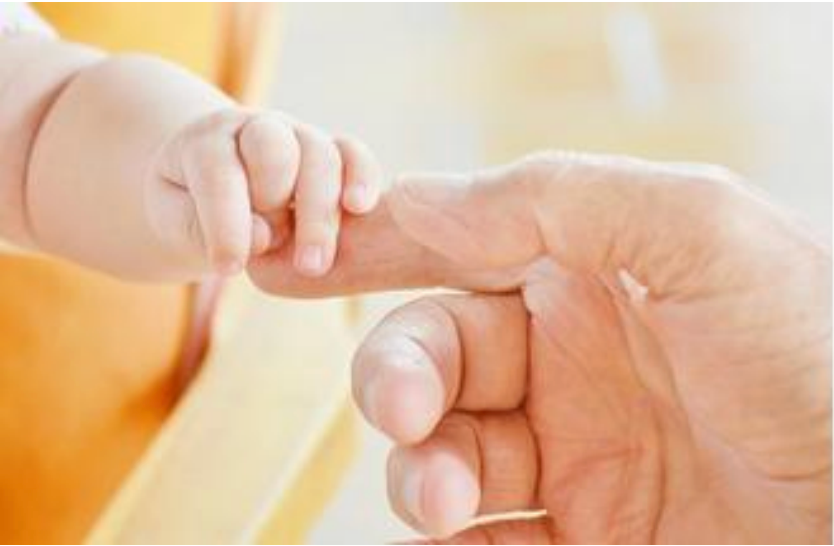
Kristina Kragh has been a member of the IVH therapist network for some time, as well as a volunteer helper at the nine-day summer camps organized by the foundation
AUSWEGE/Ways Out Foundation invites chronically ill children and adults every year. In follow-up surveys, patients consistently gave Kristina excellent marks (average: 1.3; “1” = very good, to ‘6’: “catastrophic”) for her therapeutic skills, her personality, and her interaction with those seeking help.
“Consciously inviting the soul”
Manuela* (37) already had two children from her first marriage. With Bernd* (39), her new partner, she desperately wanted another child. He agreed, but was “not 100% sure.” Many attempts to conceive naturally were unsuccessful. Tests revealed that Bernd’s sperm was slow, “leisurely” on its way, “matching his personality,” as Manuela noted with a smile. After several attempts at in vitro fertilization had also failed, the couple turned to Kristina Kragh : “I mainly worked with her and then she worked with him,” the healer reports. The main topic: Bernd already took exemplary care of Manuela’s children; how could she support him—without pushing him—to find the courage to have more children? Kristina guided the couple through rituals with which they “consciously invited the soul of the child: lighting a candle, welcoming the future family member together, presenting him with his future home, consciously integrating him into the system.” And lo and behold: in November 2023, Manuela gave birth to a healthy girl.
Starting on an individually agreed date, seven couples are treated by the healer for up to six months—and, if successful, until the birth. This is usually done exclusively at a distance: by telephone or purely “energetically.” Ms. Kragh’s healing method involves “connecting” with the “souls” of the partners and their unborn child, and “communicating” with them. In the first month, there will be 1 to 2 appointments per week. In the second month, appointments will be every 2 weeks. From the third month, appointments will be scheduled around the time of ovulation.
A typical healing session lasts approximately 60 minutes.
To get to know each other, a video chat could take place before the start of the test phase, e.g., via WhatsApp or Zoom.
Personal appointments are possible by arrangement, either at Ms. Kragh’s main residence in Liezen, Austria, or at her second practice in Munich.
During pregnancy, Ms. Kragh will continue to accompany the participating couples, usually every 1 to 2 months, or more frequently if necessary.
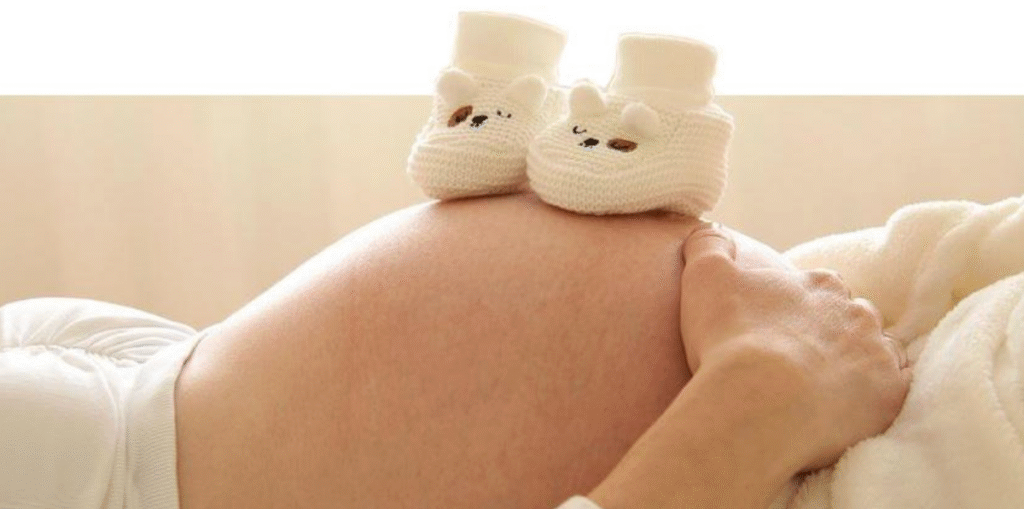
How can you participate?
If you are interested, please send an email to vorstand@stiftung-auswege.de,
answering the following questions: How long have you been trying unsuccessfully to have a child?
What do doctors say is the reason for this? What medical tests have been carried out? What have you done so far to fulfill your desire to have children?
If you are eligible to participate, we will send you more information about how the test works, along with a detailed questionnaire.
If you are eligible to participate, we will send you more detailed information about how the test works, along with a comprehensive questionnaire.
(* : Pseudonym)
(1) https://pubmed.ncbi.nlm.nih.gov/27635136/, https://academic.oup.com/jcem/article/109/6/1630/7504796?login=false, https://www.frontiersin.org/journals/endocrinology/articles/10.3389/fendo.2025.1520362/full.
(2) https://journals.plos.org/plosone/article?id=10.1371%2Fjournal.pone.0081650, https://www.sciencedirect.com/science/article/abs/pii/S0965229914001915, https://journals.lww.com/md-journal/fulltext/2024/07120/combined_traditional_chinese_medicine_therapy_for.36.aspx
(3) https://www.aafp.org/pubs/afp/issues/2005/0901/p821.html, https://ccnm.edu/sites/default/files/2021-08/Aucoin-Vitex-low-progresterone-pregnancy-case-report-AJHNM.pdf?utm,
(4) https://pubmed.ncbi.nlm.nih.gov/21496800/, https://journals.plos.org/plosone/article?id=10.1371%2Fjournal.pone.0229379



